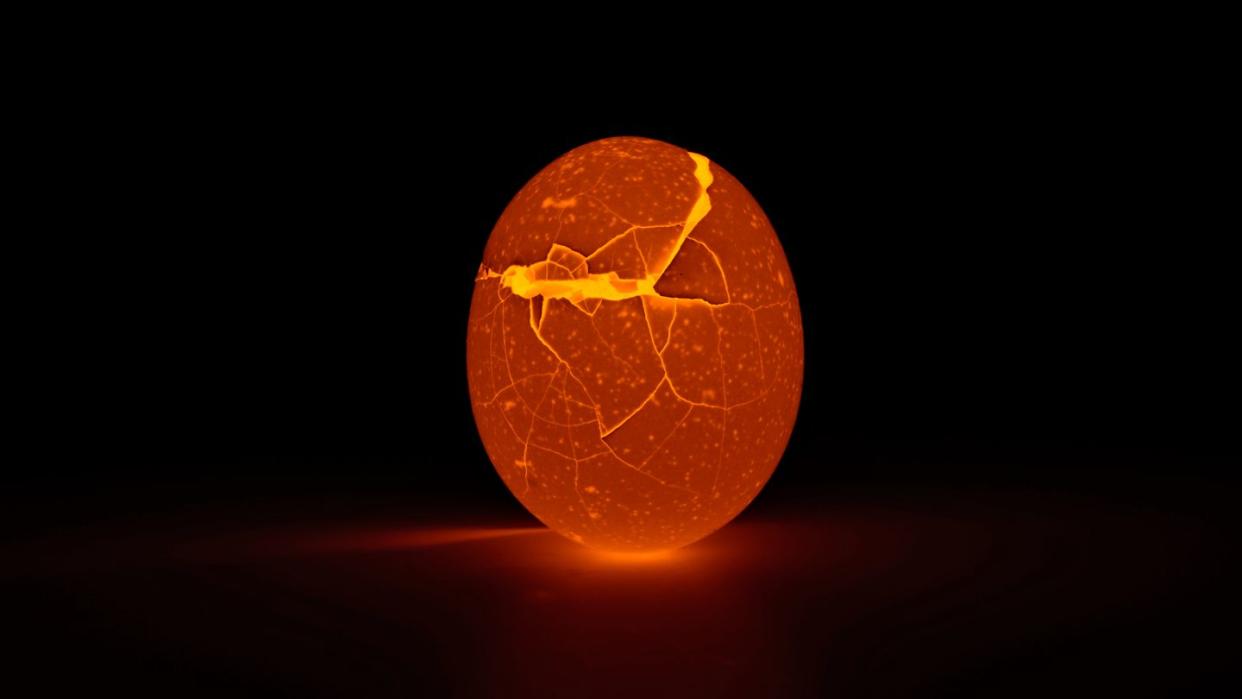A New Study May Very Well Solve the #1 Mystery of Life's Origins

When exploring the origins of life, scientists primarily use a “bottom-up” or “top-down” approach, a reference to analyzing pre-life or post-life Earth.
A new study by scientists from Oberlin College and NASA’s Jet Propulsion Laboratory suggests that electron transport chains—a metabolism system that creates usable energy—could have been present in Earth’s prebiotic minerals and sea water.
This could give scientists a new avenue to explore life’s early years, while also helping astronomers explore worlds with similar chemical components.
Exploring the origins of life on Earth is one of science’s greatest pursuits, and it’s an experimental journey that leads down two prominent paths. Known as “bottom-up” and “top-down,” these paths represent how scientists attempt to answer the all-important question: how are we here?
The bottom-up approach looks at the conditions of prebiotic (or pre-life) Earth—around 4.28 billion to 3.77 billion years ago—and tries to understand how life formed from the raw materials present in the distant past. In contrast, the top-down method looks at modern animals and tries to trace their evolutionary biology to life’s early days. Although both paths have their only unique twists, turns, and illuminations, neither is wholly capable of explaining life’s origins. But what if those two distinct paths suddenly merged back together?
New research from scientists at Oberlin College and NASA’s Jet Propulsion Laboratory (JPL), published this week in the Proceedings of the National Academy of Sciences, says that electron transport chains (ETC) could be the connective tissue between these bottom-up and top-down approaches.
“The most basic features of biology, that organisms are made of cells, that they pass genetic information through DNA, that they use protein enzymes to run their metabolism, all emerged through specific processes in very early evolutionary history,” Aaron Goldman, Associate Professor of Biology at Oberlin College and study co-author, says in a press statement. “Understanding how these most basic biological systems first took shape will... give us greater insight into how life works at the most fundamental level.”
All life uses a type of ETC, which is a metabolic system that produces usable forms of energy. Humans, cats, dogs, and all other animals contain mitochondria that produces energy from our heterotrophic (food-consuming) metabolism. Plants, on the other hand, are autotrophic due to their sunlight-munching superpowers, but they still use a similar form of ETC. Even extremophiles, including those that live near hydrothermal vents, also use fascinatingly distinctive forms of ETC.
Goldman and the rest of the research team discovered that these electron transport chains could also have been “facilitated by minerals and early Earth ocean water,” according to the press release. This basically means that the energy-transporting processes that make life possible likely predated life itself, which provides a bridge between the inert materials of early Earth and the living organisms that evolved from that initially lifeless landscape.
Although exploring these ancient ETC processes will require a multi-disciplinary approach, it’s also incredibly useful for finding life elsewhere (scientists from NASA were involved with the study after all). The better we can paint a picture of life’s origins on Earth, scientists can then search for those same ingredients on other worlds.
But back on this planet, scientists have built a connective bridge between the two paths of exploring life’s origins. Who knows what we’ll find when we walk across it.
You Might Also Like

